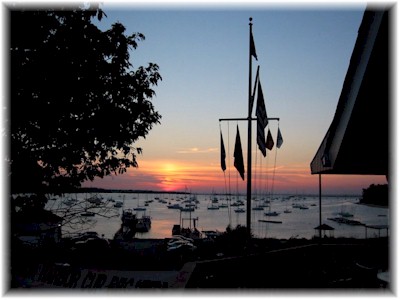
Winterizing Your Boat
PART 1
As you enjoy the season’s final weeks of sunshine, start thinking about preparing to winterize your boat.
STEP 1: REPLACE ENGINE OIL
Moisture and acids in old oil will pit bearings and other engine parts while in storage, so you need to drain it. First warm up the engine, while in water, so more of the dirty oil will drain out and impurities will flush out more easily.
Use high quality oil and filters as recommended by your engine’s manufacturer. For 4-stroke outboard motors, change the oil and filter before storing for the winter.
STEP 2: FLUSH AND DRAIN COOLING WATER
To prevent damage from expanding water when it freezes, you must drain water from your engine.
For inboard and stern driven engines: Flush the engine with clean water by using water muffs or a similar device to connect a garden hose to your cooling system. (Never run a water engine without water). Then flush until the engine reaches normal operating temperature.
Remember, remove drain plugs. These are usually located in the engine block and manifold. You may also need to remove the water pump hose to drain remaining water.
STEP 3: STABILIZE YOUR FUEL
Fuel can deteriorate in as little as 60 days, causing gum and varnish to build up in your engine. This results in hard starting, poor performance and reduced engine life.
The easiest way to prevent these problems is by adding a high quality marine
fuel stabilizer to prevent fuel deterioration. Then fill the tank with fresh fuel to prevent corrosion-causing water condensation. Simply run the engine for a few minutes to get treated gas throughout system—either when your boat’s in the water or while using a fitting designed to run the engine with a garden hose.
Here’s A Myth Buster: Simply draining gasoline does not prevent varnish formation in engines, since some fuel is always left behind. In addition, gaskets can dry out and that can cause leaks in the spring.
STEP 4: PROTECT INTERNAL ENGINE COMPONENTS
Remember, While in storage, engine oil drains away. This exposes internal engine components to harsh elements in winter and can lead to corrosion and metal-to-metal contact, called cylinder scuffing, come spring. To prevent these issues, use a fogging oil spray. This type of product is specially formulated to penetrate deep into the engine and coat parts with a protective layer of anti corrosive compound.